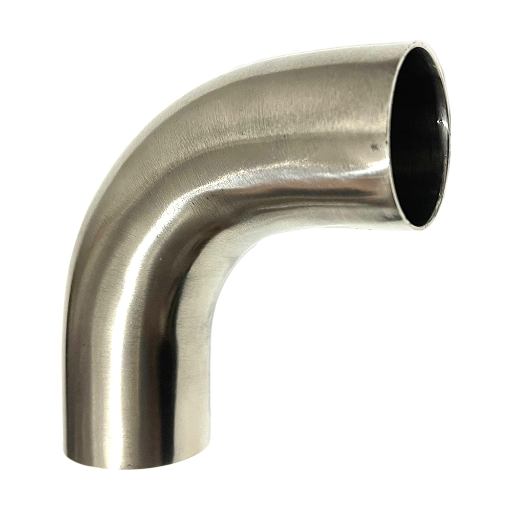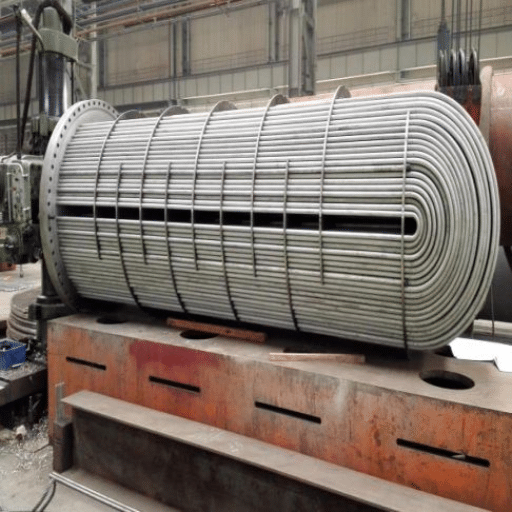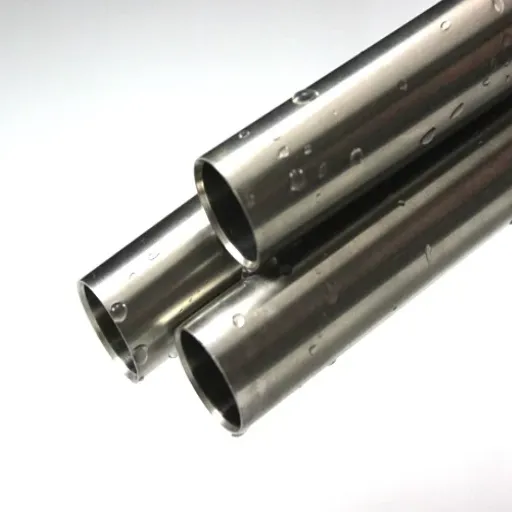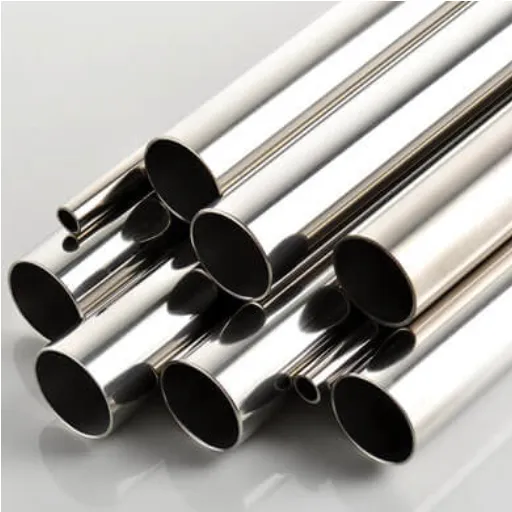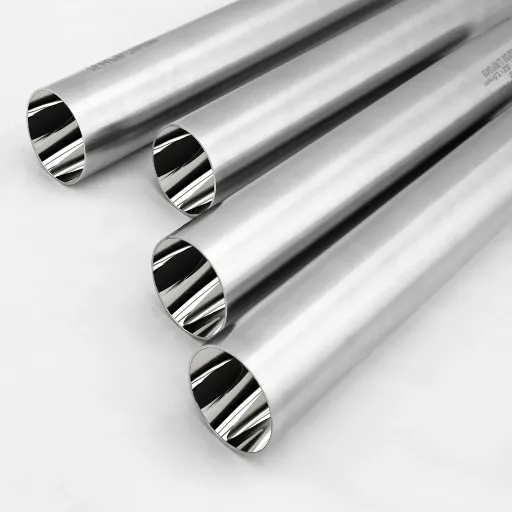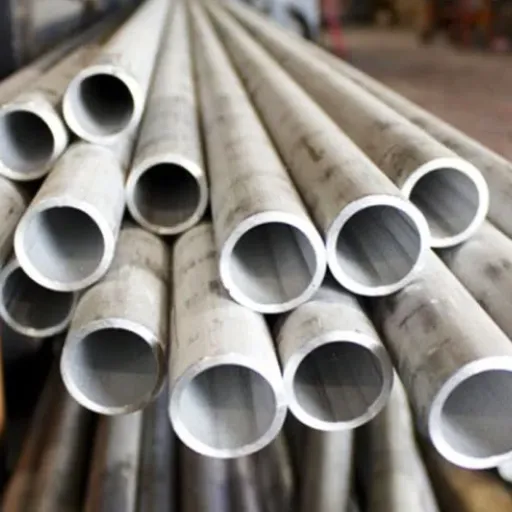Welding stainless steel exhaust pipes is a meticulous craft that requires precision, expertise, and the right tools to achieve professional-grade results. These components are critical in automotive and industrial systems, demanding high durability, strength, and corrosion resistance. Whether you’re an experienced welder looking to refine your technique or a beginner eager to tackle new challenges, this guide will walk you through the essential steps, tools, and techniques necessary to perfect your skills. By understanding the intricacies of working with stainless steel—such as proper heat control, selecting ideal filler materials, and addressing potential complications, you can confidently produce clean, durable welds that stand up to the rigors of performance and longevity.
What Tools Do You Need to TIG Weld Stainless Steel Exhaust Pipes?
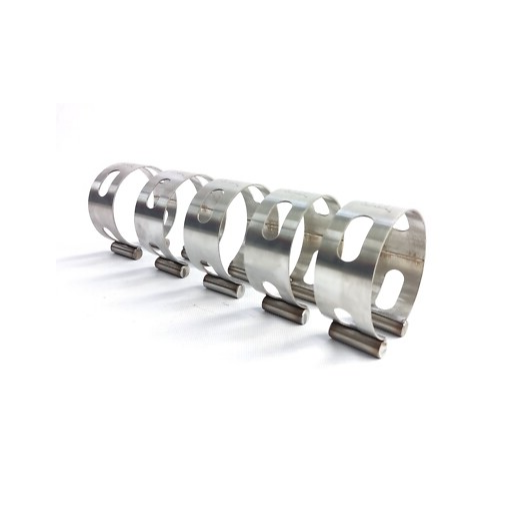
Essential Tools and Equipment
The specific tools and materials one requires to TIG weld stainless steel exhaust pipes include those needed to ensure precision, quality, and durable welds. Below is a guide describing all the tools required for the TIG welding procedure:
- TIG Welder: A high-end TIG welding machine forms the core of the TIG welding process for stainless steel exhausts. It provides precise heat and amperage control, allowing welding on thin stainless steel pipes without warpage or distortion. Most professional welders recommend inverter-based TIG welders with adjustable amperage settings for better results.
- Tungsten Electrodes: Tungsten electrodes, preferably those of a lesser diameter of 1/16-inch (1.6 mm), are perfect for welds on thin stainless steel. Thoriated, ceriated, or lanthanated tungsten electrodes usually make a good choice as they are durable and are consistent in their arc stability.
- Shielding Gas: Argon gas is the standard shielding gas, whereas an argon-helium mixture may be used for welds with higher concentrations of heat. Argon is preferred because it provides that level of protection to the weld while preventing atmospheric contamination. This ensures that the joint is perfect and free of defects.
- Filler Rods: Stainless-steel filler rods such as ER308, ER308L, or ER309 fill a vital function in TIG welding stainless steel exhaust pipes. The filler rod, however, must match the grade of the stainless steel that is being welded to give it sufficient structural integrity and to eventually prevent corrosion.
- Accessories and Safety Gear: Protective equipment like a foot pedal for heat control, a gas lens for better shielding gas, and a quality welding helmet with an auto-darkening filter are vital. Complement this with heat-resistant gloves, an apron, and fume extraction equipment to safeguard the welder from hazards such as UV radiation and poisonous fumes.
Ensuring that you have all these necessary tools and materials guarantees excellent and long-lasting welds on stainless steel exhaust systems. These further include the proper preparation and maintenance of welding equipment to gain consistent and efficient results.
Choosing the Right Torch for Your Project
The precise choice of welding torch can be the factor that differentiates proper and permanent welding, particularly when dealing with stainless steel exhaust systems. The torch style should correspond appropriately to the particular welding process being implemented, i.e., TIG or MIG welding. With TIG, which provides welding on thin materials with a high-quality finish, a torch weighing less than about 500 grams and having adjustable amperage control for smaller jobs is ideal. For prolonged work, though, a water-cooled torch is also advisable to keep temperatures down.
Higher amperages and steady wire feed rates are expected from a MIG welding torch. Ergonomically designed torches are preferred so that any operator can comfortably handle them for long hours. When welding stainless steel, make sure to have a gas lens on the torch to give proper coverage of shielding gas through which contamination can be lessened, and thereby the weld will be clean.
It is paramount to ensure torch compatibility with your welding machine and consumables such as electrodes or filler wires. Consider your power output and match it against the rated capacity of your torch. Selecting a torch that is best suited to your specific project requirements will not only increase your efficiency but will also increase the life of your tools and the quality of the final welds.
Safety Gear for Welding Stainless Steel
When welding stainless steel, appropriate safety equipment should be provided owing to the various hazards like bright light exposure, heat, and potentially noxious fumes generated during the process. Welding helmets should primarily safeguard the eyes and face from UV (ultraviolet) and IR (infrared) radiation.
Generally, welding gloves are worn to protect the hands from sparks and heat; they should be of leather or other heat-resistant materials. Alongside this, one must put on a fire-resistant welding jacket or apron to protect their arms and upper torso from occasional burns and UV radiation. Safety shoes with steel toes shall protect against falling and molten metal.
As for respiratory safety, the use of a welding respirator or PAPR is highly recommended when welding stainless steel. Chromium in stainless steel can give out very unsafe chromium VI fumes during the welding process, which are a serious health hazard. Make sure your respirator meets OSHA requirements and provides good filtering power for particulates and gases in the air.
The protection of ears using earmuffs or earplugs is necessary in noisy surroundings of welding to avoid hearing damage. In summary, the protective gear ensures increased safety for the welder and opens the avenue for observance of occupational safety standards that minimize hazards and guarantee a secure working environment.
How Do You Prepare Stainless Steel Exhaust Tubing for Welding?
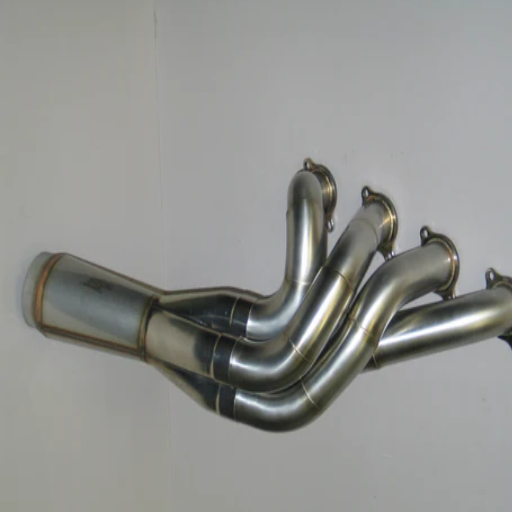
Cleaning the Metal Surface
Before welding, stainless steel exhaust tubing is cleaned to permit good welding conditions and integrity. Contaminants, such as grease, oil, or dirt, can diminish weld quality because they induce poor fusion, porosity, or weak joints. Therefore, a cleaning method consisting of two or more steps has to be adopted.
First, degrease the surface by wiping or dipping it in a solvent such as acetone or alcohol to remove any organic residue. Cleaners that leave a thin film are undesirable, for such films will tend to interfere with welding. Following degreasing, clean the oxide layers off the surface by brushing with a stainless steel wire brush or Scotch-Brite pads, both used exclusively for stainless steel, so as not to introduce cross-contamination. It is recommended to chemically pickle the tubing to return it to its original state by dissolving the oxide layers if continuous exposure to a humid or corrosive atmosphere has taken place.
Take care also in ensuring that these cleaning tools are used exclusively for stainless steel so as not to contaminate the metal with iron particles, for this will cause corrosion after welding-problems such as rouging or rust. Avoid contamination by keeping the working surface clean and by drying the tubing with lint-free cloths or compressed air. Following correct surface preparations leads to better weld quality and thus increases the life of the finished exhaust system.
Proper Thickness Measurement
Proper thickness measurement is fundamental to the fabrication and assurance of stainless steel exhaust systems. The thickness of the material affects the structural integrity of the system as well as the performance level of the finished system under heat and pressure. In the measurement process, one needs advanced and exact instruments such as ultrasonic thickness gauges or micrometers or calipers, etc., to obtain accurate readings at 0.001 mm precision. These measurement methods are non-destructive and are particularly suitable in areas involving complicated geometries or where access is difficult within the tubing system. An adequate calibration procedure should be undertaken for these instruments to maintain accuracy throughout.
Thickness measurement affects thermal efficiency and acoustic properties of the exhaust system in addition to structural considerations. For example, a system constructed with a material that does not meet specified thickness standards may be subject to premature wear as a result of thermal expansion and vibrations coupled with corrosive actions of exhaust gases. Adherence to defined tolerances also reduces stress cracking and thereby improves product life span. Most modern-day industry codes on application dictate or prescribe respective ranges of thickness, whereby commonly, automotive-grade sheets of stainless steel vary between 1.5 mm and 3.0 mm.
Software connected with these measuring devices would generate rather elaborate reports of inspections and measurements in real time, which allow engineers to pinpoint the inconsistencies or trends that might need corrective intervention. The amalgamation of these methodologies would intend to enhance fabrication while adhering to stringent industry norms as well as to customer expectations of quality. Strict adherence to the thickness measurement would ensure the manufacturing of high-performance exhaust systems fulfilling all standards laid down for durability and safety.
Setting Up for a 90 Degree Bend
Correct positioning of the material for an exact 90° bend constitutes a complex operation that requires ample planning, the right tooling for the job, and strict adherence to procedures that guarantee the structural integrity and acceptable dimensional accuracy of the finished piece. Begin by selecting the appropriate machine for bending, such as a press brake or tube bender, depending on the material in question and the bend radius needed. Be sure to check that the tooling, particularly the die and punch, conforms with the material thickness and the bend angle specifications to distribute the force uniformly throughout the process.
The tensile strength and elasticity may also have to be taken into consideration, as these directly influence springback, which usually means the material tries to go back to its initial shape after being bent. They may implement some compensation techniques as over-bending a few degrees over 90. Another very important point in achieving dimensional correctness is to calculate the bend allowance and the bend radius, since they affect the final geometry of the bent section.
Measure and verify the equipment alignment and calibration using digital measuring instruments or CNC technology to reduce any margin of error. Also, by performing a trial bend on scrap material of the same kind before bending the final workpiece, possible deviations or trial adjustments may be noticed. Keeping a watch over pressure, speed, and material positioning while bending guarantees maximizing results and averting incipient microfractures or stress points within the material structure.
What Are the Best Practices for Welding 304 Stainless Steel?
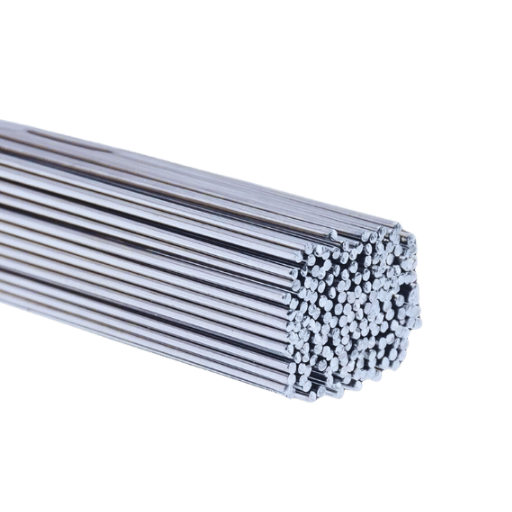
Understanding Corrosion Resistance
304 stainless steel is rather corrosion resistant because of its high chromium and nickel contents. Chromium forms a layer of passive oxide on the surface, which acts as a protective barrier against oxidation in all forms and corrosion. In contrast, this layer will self-heal if damaged, so long as oxygen exists, rendering 304 stainless steel useful in any environment with rust or corrosion hazards.
Under aggressive conditions of acid or chlorides, the aggravation of local attack may be varied. Being an aggressive element, chloride ion attacks the passive film and initiate pitting or crevice corrosion in tight spaces where oxygen might be scarce. To advance its resistance under aggressive applications, passivation might be carried out to remove surface contaminants and strengthen the passive layer.
Low-carbon grades like 304L have been developed with refinements on 304 to eliminate the chances of sensitization conditions where chromium carbides precipitate at the grain boundaries during exposure to high heat, impairing corrosion resistance. With good welding practice, upon selecting the right filler material and controlling heat input, the material should maintain its properties and integrity in the corrosive environment.
Managing Heat Input and Oxidation
Proper thermal control in welding is necessary to manage heat input within minimum limits so that possible undesirable effects on the material may be avoided. Heat may induce uneven grain growth or recrystallization in stainless steel, thus affecting its mechanical properties and corrosion resistance adversely. By adjusting welding parameters, such as lowering current and voltage or reducing the travel speed of the weld, overheating can be avoided. Preheating also needs to be given due consideration as it can influence the HAZ and optimize the metallurgical soundness of the weld joint.
Oxidation constitutes another serious issue during any high-temperature process, particularly in stainless steel. To prevent oxide layer formation at the surface, inert shielding gases should be used, such as argon or helium. These gases prevent atmospheric oxygen from reaching the weld pool and the areas adjacent to it. In more extreme cases, backing gases or purging techniques should be employed to protect the backside of the weld, especially where high-quality, contamination-free finishes are required. Keeping the welding work surfaces clean and carrying out timely maintenance also helps reduce oxidation.
I try to limit thermal distortion by using controlled heating and keeping the surface clean and free from oxidation by more sophisticated shielding techniques. By keeping abreast of welding technologies and best practices, I ensure that both structural integrity and corrosion resistance are maintained even under harsh industrial conditions.
Using the Correct Filler Rod and Shielding Gas
Choosing the proper filler and shielding gas is are really important step in obtaining an impermeable and reliable weld. A proper filler should be selected in such a way so that it exactly matches the base material, and gives a good weld given bonding strength, corrosion resistance, and any form of experienced stresses in the service.
Shielding gas, in a similar way, also plays a very critical role in the weld quality. Shielding gases such as argon or argon-helium mixture protect the molten weld pool from atmospheric contamination, thus giving it a nice and defect-free weld. Argon is commonly employed because of its inert nature, while helium is added to increase heat input for deeper penetration and improve weld appearance. In some more aggressive applications, specialized gas mixtures containing minor doses of CO2 or oxygen might be needed to keep the arc stable and maintain control over the bead profile.
Combining the right filler gas with the correct filler rod and keeping abreast of innovative materials and current industry standards allows me to develop projects that offer stringent performance and longevity requirements. During these processes, the risk of weld failure is greatly minimized, and hence gives an excellent base for long-lasting and service-efficient industrial applications.
How to Achieve Quality Welds on Stainless Steel Exhaust Systems?
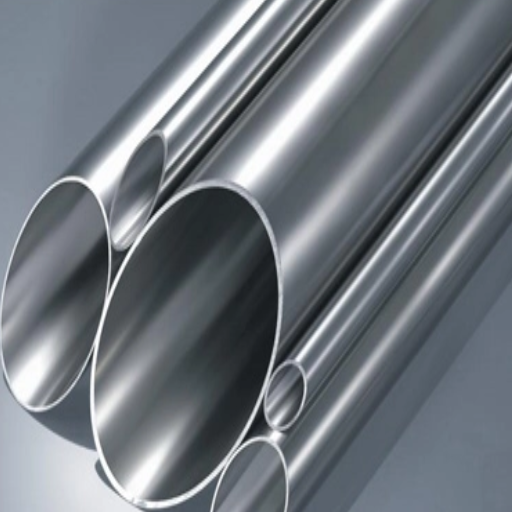
Creating a Consistent Weld Bead
The welding process for stainless steel exhaust systems carries different issues and parameters that must be set right in order to achieve the weld bead of exponentially high quality. From one perspective, squeezing necessary precision from manageable parameters such as welding amperage, voltage, and travel speed achieves bead uniformity. Excessively higher input heat tends to warp or distort thinner stainless steel materials, while lower-than-desirable heat results in weak welds due to insufficient penetration; hence, the right amount of heat can never be given without considering the thickness of the material.
The usage of a proper filler material compatible with the base metal would facilitate better fusion, hence preventing corrosion from occurring over a long period. Selection of shielding gas is another important factor; argon with a small percentage of hydrogen or helium is usually recommended for stainless steel so that the surface remains clean and free from oxidation. The steady motion of the torch is paramount: maintaining the correct electrode angle and distance is vital to achieving a TIG weld bead that is symmetrical and aesthetically pleasing, without inconsistencies or defects.
Environmental factors such as wind and humidity need to be controlled to prevent contamination during the welding process. Utilizing the latest-generation equipment, allowing for real-time feedback and advanced settings, such as pulsed TIG welding, enables welders to gain additional precision and control to provide consistent and reliable results even in complex or curvy exhaust geometries.
Techniques for Back Purge and Penetration
Back purging is a major welding operation that enhances the integrity of the weld, especially when applied to stainless steel and titanium welds. Such a process entails the generation of some inert gas, mostly considered argon, at the back side of the joint to protect the weld root from atmospheric contamination. To get the best result from backing purge, the gas should maintain a steady flow rate between 5 -15 CFH, with variations observed for different materials and thicknesses in welding. Any huge variations in the flow rate may trigger turbulence, hence any compromise in coverage and oxidation.
Penetration is, by contrast, a term that is influenced directly by process variables: the welding current, travel speed, and choice of filler material. Maintaining a controlled heat input permits penetration that is uniform without distortion or burn through of the thin-wall tubular structure that is mostly met in exhaust systems. With the use of modern techniques such as walking the cup in TIG welding or adaptive waveform control of pulsed processes, it becomes possible to control the heat input into the weld sufficiently to allow good fusion of the base metals without damage to the integrity of the structure.
Within the industry, accepted standards such as the AWS set forth welding practices that allow for weld consistency and verification to be performed through nondestructive testing (NDT). In concert, an above-average back purge procedure and meticulous penetration control provide for weld acceptability in terms of appearance as well as serviceability.
Adjusting the Amp Setting for Optimal Results
The correct setting of the amperage is of fundamental importance for welders to achieve the best-quality weld, as it directly affects the intensity of heat applied during welding. If the setting is too high, weld defects will form due to heat-related issues, such as burn-through, distortion, or a large heat-affected zone. On the contrary, if the setting is low, inappropriate fusion will occur, giving rise to weak weld joints whose integrity fails prematurely. Therefore, reference must be made to thickness, base metal property, and filler material in determining the right amp setting for any given scenario.
Pro welders must have used, in the broad sense, the amperage charts that manufacturers issue, showing recommended amperage ranges for particular welding process applications, like GTAW or SMAW. Electrode diameter and welding position may change the amperage. Making for a vertical weld might entail a lower amperage to avoid sagging, whereas making for an overhead weld would require a higher amperage to avoid insufficient penetration. Testing on scrap materials before applying the amp settings to production is another good way to find the proper setting.
The latest welding equipment aids in performing this by offering advanced functions like displaying amperage digitally and automatic adjustment of amp settings. These systems include real-time feedback to let operators keep a consistent heat input, avoiding variations from one weld to another. This technology integration will hugely benefit industries that require quality control at the highest level, like aerospace and pipeline welding. Welders can now maintain consistent and high-performing welds to very stringent industry standards by combining proper amp setting adjustment with cutting-edge welding equipment.
What Are the Challenges in Welding Stainless Steel Pipe to Mild Steel?
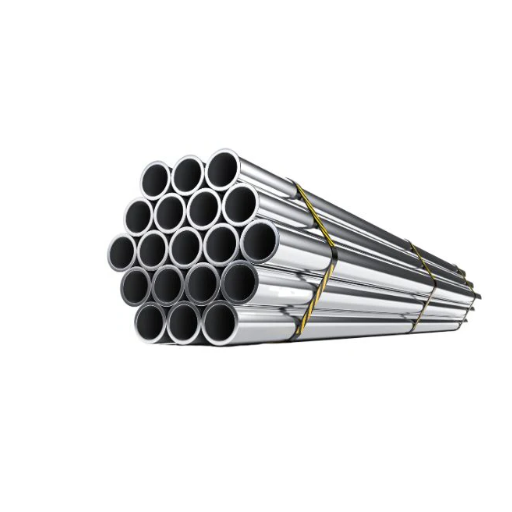
Selecting the Appropriate Filler Material
Welding stainless steel pipe to mild steel finds itself in a critical situation where filler material selection will determine weld structural integrity, corrosion resistance, and mechanical properties. Being dissimilar metals, the filler has to develop a balanced composition to counteract the effects of different thermal expansions, melting points, and alloy properties.
Hence, filler materials such as stainless steel rods or wires, normally ranging in grade from 309 to 309L, are commonly suggested for use. These grades, being rich in chromium and nickel, fill the gap between stainless steels in corrosion resistance and mild steels in structural strength. For further corrosion resistance against hostile environments, one may go for more highly alloyed grades like 310 or 312.
Moreover, it is critical to consider the operating conditions in the selection of the filler material, whether there will be exposure to temperature extremes or chemical environments ensure the performance of the weld matches the needs of the application. Monitoring and controlling weld quality in real-time and ensuring compliance with pertaining standards ensures further reliability and longevity of the joint. Thus, along with providing economic value, the optimal changes in filler choice, welding technique, and process adequately address durability issues while minimizing the risk of cracking or further failure of the material.
Mitigating Oxide Formation
During welding, the formation of oxides becomes a severe issue, especially for materials like stainless steel, titanium, and aluminum, and surface oxides can jeopardize the strength and appearance of welded joints. Controlling the environment and shielding gases are used to prevent oxide formation. Since oxygen causes oxidation, inert gases like argon and helium are employed during the welding operation. On some occasions, the enhancement of protection through shielding gas of higher purity can help reduce contamination. Trailing shields and gas lenses can serve the purpose of maintaining shielding gas coverage over the weld area even after the welding distance is progressively lengthened.
Equally important is surface preparation before joining. Existing oxide scales, greases, and dirt can be removed with arduous chemical treatments, mechanical brushing, or ultrasonic cleaning such that the base material is associated with conditions suitable for welding. Special flux agents are often used with reactive metals to break down or inhibit the formation of oxide layers at high temperatures. In the same vein, careful heat input, welding parameters, and travel speed all play a really important role in limiting oxide buildup and ensuring the HAZ maintains metallurgical soundness.
Therefore, the manufacturers can go a long way to limit oxide formation by combining advancements in preparations of shielding, surface preparation, and process controls to ensure weld quality fits the industry standards and expectations for long-term performance.
References
-
TIG Welding 101: An All-Inclusive Introduction to GTAW – A comprehensive introduction to TIG welding, which is commonly used for stainless steel.
-
TIG Welding of Nickel Titanium to 304 Stainless Steel – A study focusing on TIG welding techniques for stainless steel and other materials.
-
Controlling Hazardous Fumes and Gases during Welding – A guide by OSHA on safety measures during welding, including stainless steel.
Frequently Asked Questions (FAQ)
Q: What are the main challenges of welding a stainless steel tube for an exhaust system?
A: The main challenges include managing heat distortion, avoiding contamination, and ensuring proper fusion. Stainless steel tube welding requires precise control of heat input to prevent warping and maintaining a clean environment to avoid contamination that can affect the weld quality.
Q: How does one prepare a stainless steel tube for welding in a stainless exhaust system?
A: Preparation involves cleaning the stainless steel tube thoroughly to remove any dirt, oil, or oxidation. It is also important to ensure that all tube ends are cut square and free of burrs to create a tight fit for welding.
Q: Why is tack welding important when working on a 304 exhaust system?
A: Tack welding is crucial for holding the stainless steel components in place, maintaining proper alignment, and minimizing distortion during the full welding process.
Q: What type of filler rod should be used for stainless steel welding of exhaust pipes?
A: For welding 304 stainless steel exhaust pipes, a 308 filler rod is commonly used due to its compatibility with 304 alloying ingredients, ensuring strong and corrosion-resistant welds.
Q: How do I avoid overheating and warping when welding stainless steel exhaust pipes?
A: To avoid overheating, use a controlled heat input and allow for sufficient cooling between weld passes. It is also helpful to tack weld the assembly first and to distribute the heat evenly across the workpiece.
Q: What is the purpose of using solar flux when welding stainless exhaust systems?
A: Solar flux is used to prevent oxidation and contamination of the weld area, especially when using an open flame. It helps in ensuring a clean and strong weld by shielding the weld puddle from atmospheric gases.
Q: Can I weld mild steel to 304 stainless steel, and what should I consider?
A: Yes, welding mild steel to 304 stainless steel is possible. However, it requires a compatible filler material that accommodates both base metals, and attention should be given to preventing galvanic corrosion due to the different alloying ingredients.
Q: What techniques ensure a strong deposit when welding 409 stainless steel exhaust pipes?
A: To ensure a strong deposit, use proper welding parameters, such as correct current and travel speed, and maintain a consistent arc length. It’s also important to clean the weld area thoroughly and use compatible filler material.
Q: How does the puddle control affect the quality of stainless steel welding?
A: Controlling the weld puddle is crucial for achieving consistent penetration and avoiding defects like porosity or lack of fusion. Proper puddle control ensures a smooth, uniform weld bead and enhances the overall strength and appearance of the weld.
Q: What are the considerations when welding mild steel to stainless steel in an exhaust system?
A: When welding mild steel to stainless steel, it is essential to select the right filler material to prevent brittleness and ensure compatibility. Additionally, controlling heat input and preventing galvanic corrosion are key considerations for a successful weld.

